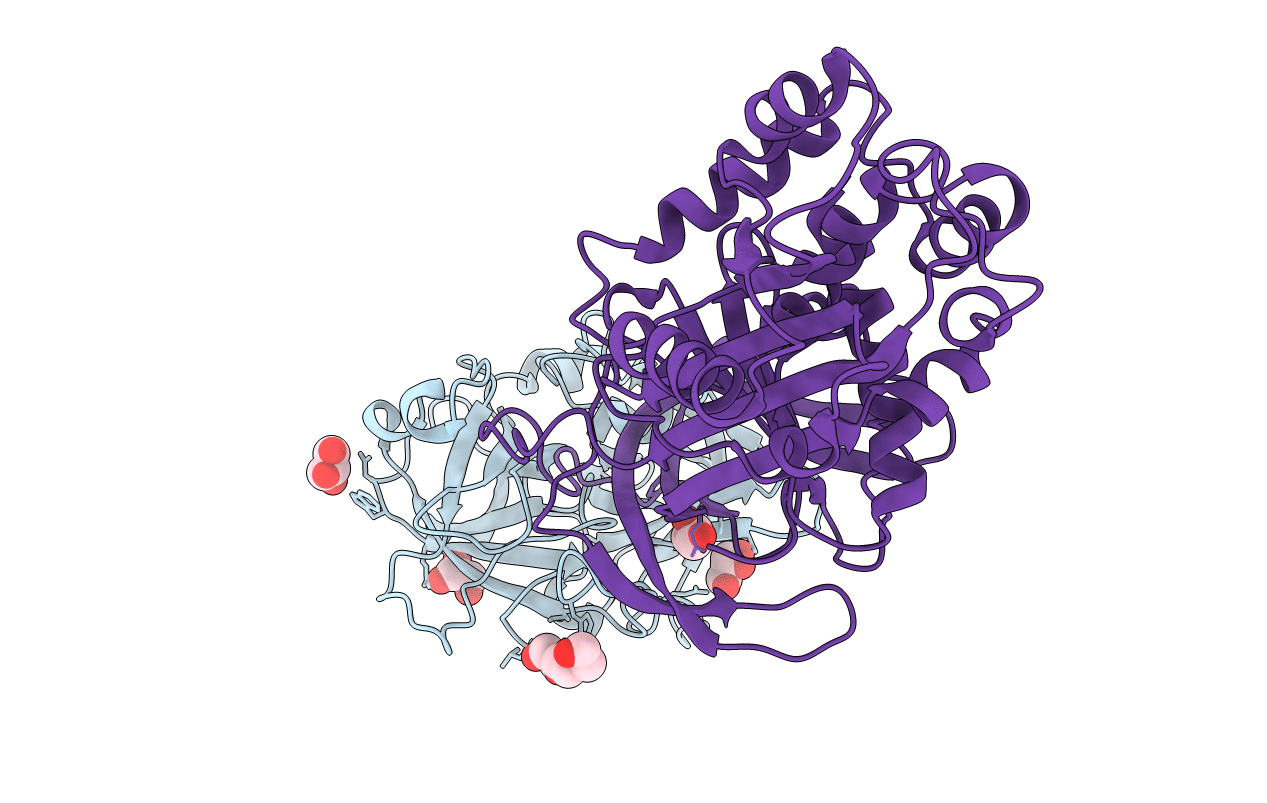
Deposition Date
2015-06-01
Release Date
2015-09-02
Last Version Date
2024-11-20
Method Details:
Experimental Method:
Resolution:
3.16 Å
R-Value Free:
0.27
R-Value Work:
0.20
R-Value Observed:
0.20
Space Group:
P 21 21 21


